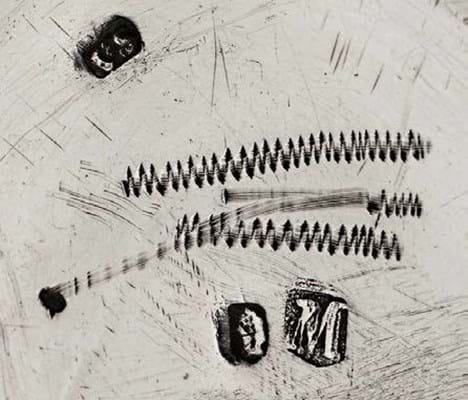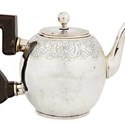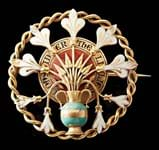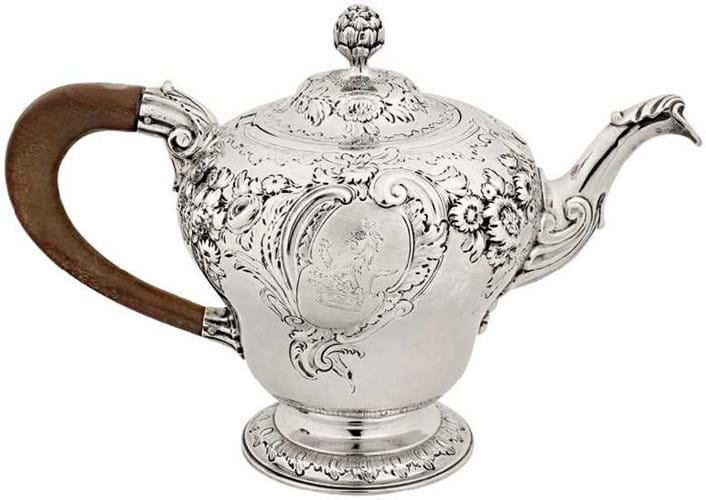
George II teapot by John Swift with the arms of Adolphus Philipse of New York, £3000 at Chiswick Auctions.
Made by John Swift, London, 1748, this pear-shaped teapot with cast shell moulded spout and artichoke finial includes the engraved arms of Adolphus Philipse (1665-1749), a New Yorker who lived at Philipsburg Manor in Westchester County.
A surviving inventory taken at the time of his death includes (alongside the names of 23 enslaved men) a record of the family silver where ‘1 silver teapott’ is recorded.
The teapot, previously sold in Newbury in September 2022 for £600 when the arms were not identified, was offered in west London with a guide of £1200-1600 and sold at £3000.
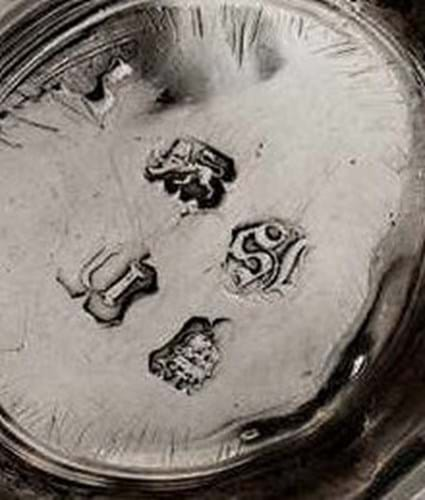
The marks to the George II teapot by John Swift with the arms of Adolphus Philipse of New York, £3000 at Chiswick Auctions.
Philipse was a wealthy landowner of Dutch descent. In 1697 he purchased the Highland Patent, a large tract of land along the east bank of the Hudson River stretching all the way to the east to the Connecticut border.
Tea in Malta
Another lot making a rapid return to auction following new scholarship was an early 19th century Maltese silver teapot made in Valetta by Vincenzo Said. It had last been sold in Glasgow in June when it was catalogued simply as ‘Continental’.
Teapots are scarce in Maltese silver (the country is famed for its coffee pots) and very few were made until the arrival of the British in 1801. The marks and the maker suggest this ball-shaped example is among the earliest known as it dates from 1798-1800 when Malta was held by Napoleon.
John Rogers, Chiswick’s specialist, speculated it was commissioned by a high ranking French official in the early part of 1800 and thus represents an extremely rare surviving example of French occupation silver produced on the island. Estimated at £4000-6000, it took £4400.
Maltese hollowwares continue to attract significant Maltese interest whenever they appears for sale in the UK. Italianate lampiers are the most recognisable silver domestic forms in Maltese silver. The sale at Bonhams on October 18 included a good example bearing the maker’s mark of Paolo Schembri dated to c.1810. Maltese silver is typically categorised according to the ruler at the time - in this case the British army officer Sir Hildebrand Oakes (1754-1822).
The 2ft 3in (68cm) high Oakes period lampier came by descent with an aristocratic provenance from the Barony of Benwarrad. One of the many old Maltese titles recognised and accepted during British rule, members of the Benwarrad lineage still retain key positions on the island today. This doubtless added to its appeal as it sailed above hopes of £2000-4000 to bring £16,000.



